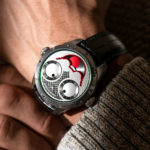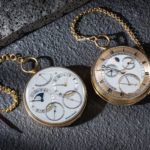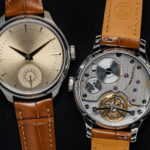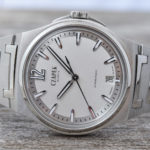Aubert Ramel Debuts with the Ouréa
A not-so-newcomer.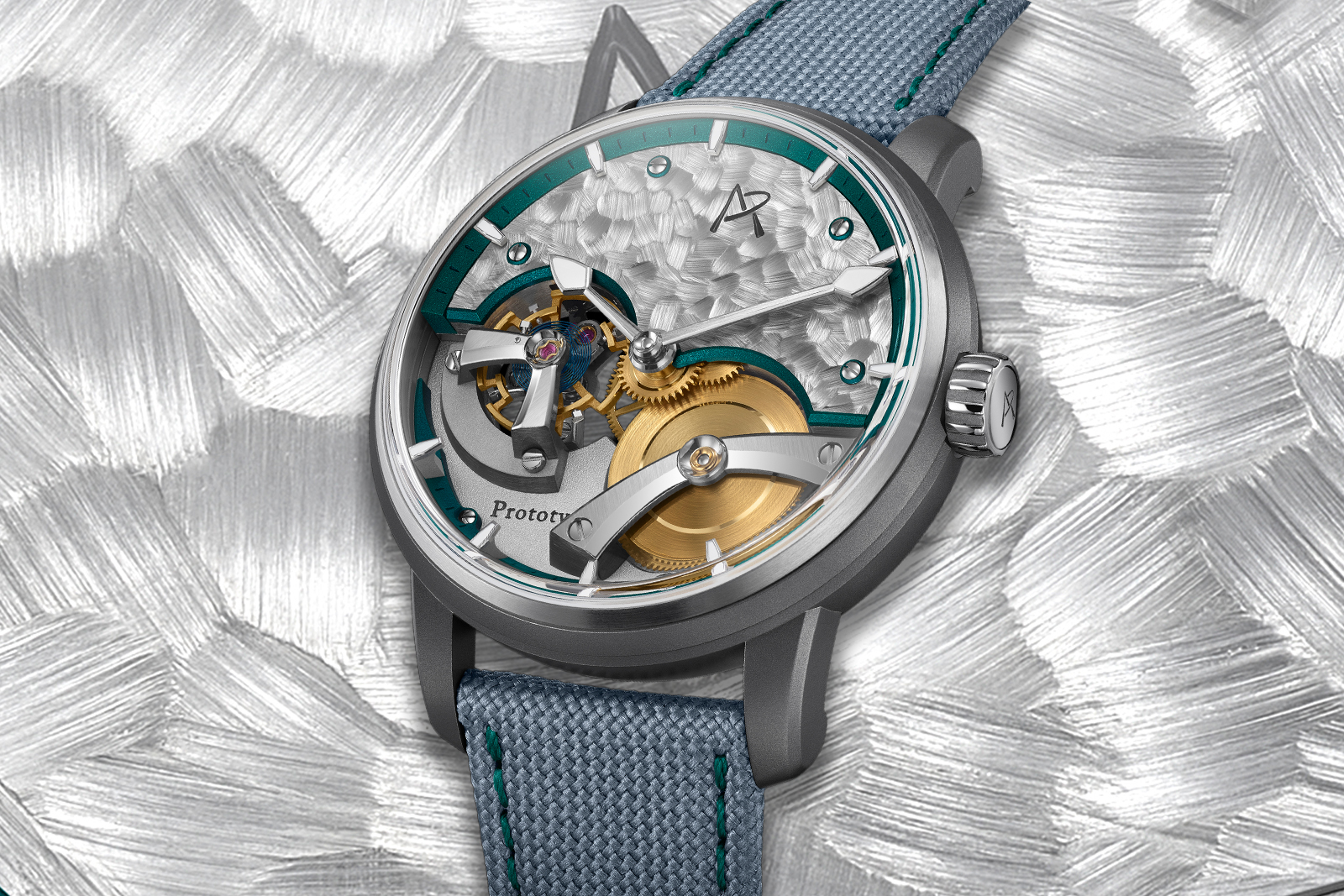
While Aubert and Ramel is a new brand, and the Ouréa is a new watch, Thomas Aubert and Alexis Ramel-Sartori aren’t new to independent watchmaking, both having worked for a prominent name in the space. That experience is evident in a strong – and decidedly on-trend – debut that stands out even in a crowded market.
Initial Thoughts
It seems there are many finely decorated time-only watches on the market today; the two contributed to some of the better ones in their earlier careers. Now the pair strike out under their own name, and unsurprisingly, their first watch is quite good. Though the duo seem to know that already, as they have priced it close to, just a little below, leading independents.
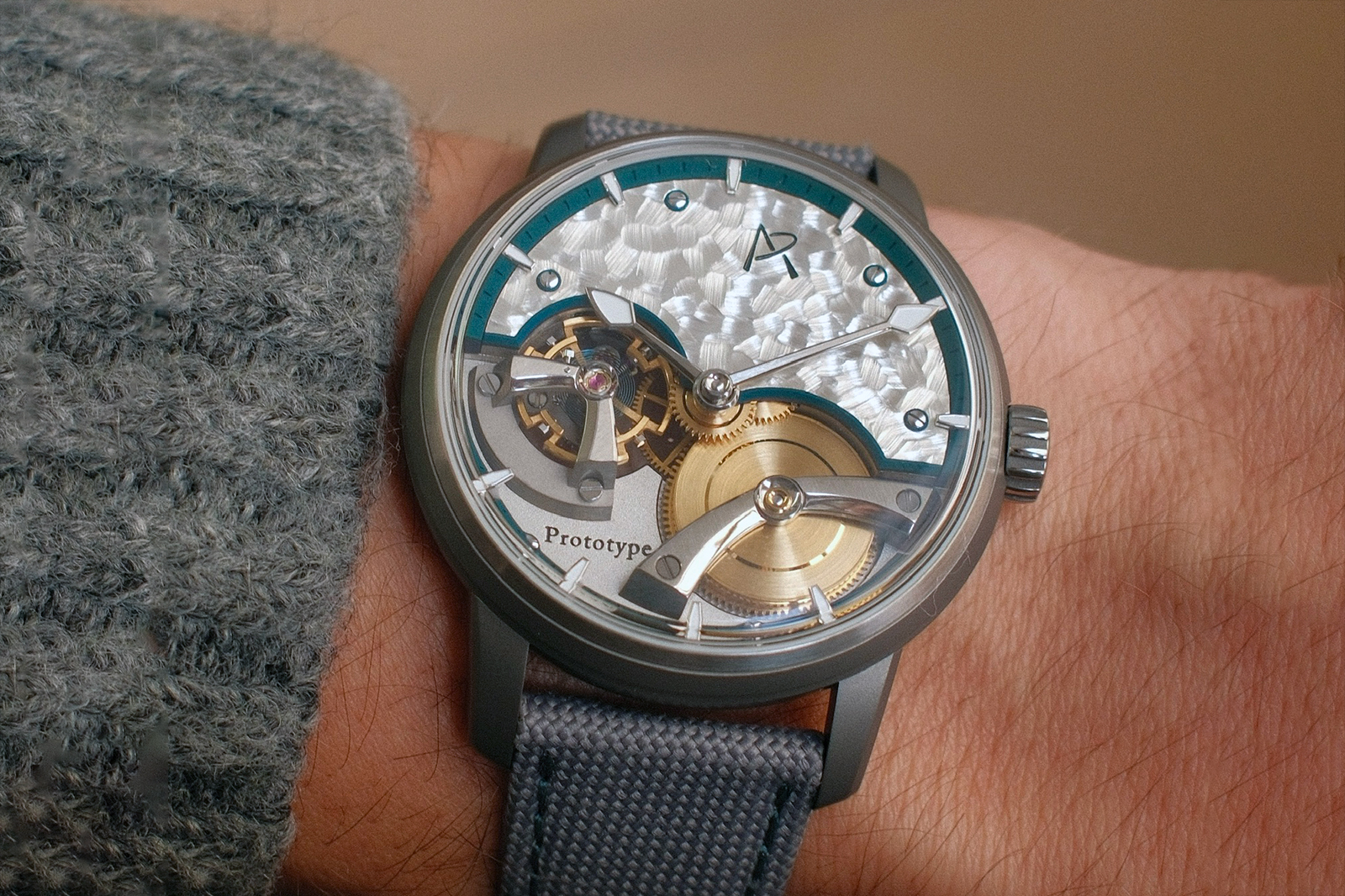
The Ouréa’s “scraped” dial brings to mind the wildly successful Chronomètre Artisans from Simon Brette. That probably isn’t coincidental, as the two both worked for Simon Brette. However, I perceive an even stronger, and more general, influence of Greubel Forsey in the Ouréa. It also calls back to Thomas Aubert’s Séléné, winner of last year’s F.P. Journe young talent competition.
The scintillating teal accents, applied by atomic layer deposition, are a nice touch to set the watch apart, and the hands are incredibly well made. Interestingly, the filling in the hands is white lacquer rather than luminous material. That seems like a missed opportunity as the appearance would be nearly identical if it were lumed. It is also a shame that Mr Aubert’s recoiling shooting star from the Séléné doesn’t make an appearance, as it had a lot of charm, though may not be compatible with a stem wind watch; perhaps a shooting star power reserve indicator is in the stars.
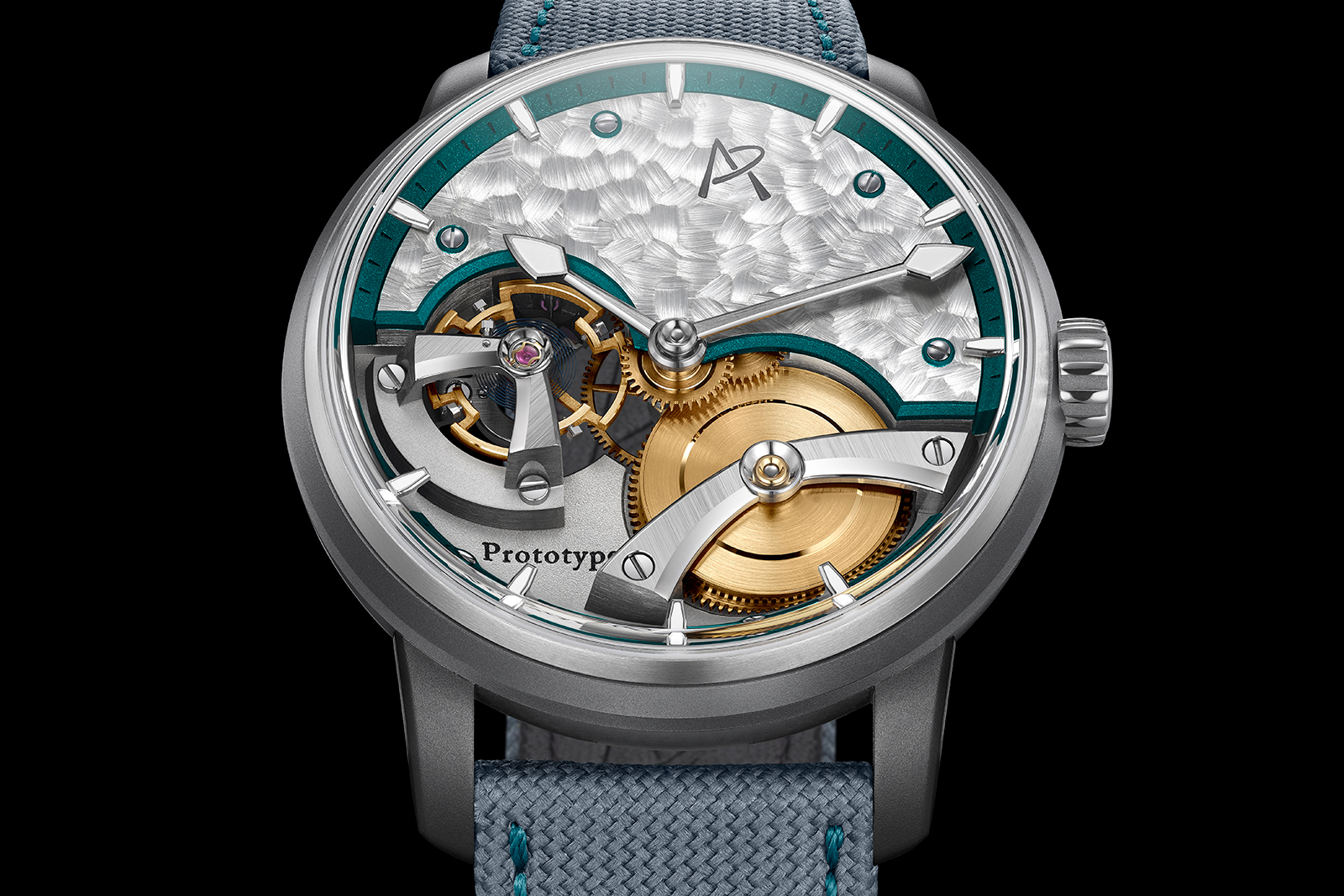
Doing a Little More
The newborn brand plans to build twenty watches total, though the first six are already spoken for, as Messrs Aubert and Ramel soft-launched Ouréa on a subscription basis, as is now the norm for new indie brands. Those half-dozen subscription pieces will have platinum cases, as the early buyers took a risk based on nothing but computer renderings, while the following 14 will be titanium.
The pair build most of the movement themselves in their La Chaux-de-Fonds workshop, which is more significant than it sounds at first. Balances, for example, are often left to specialty suppliers like Precision Engineering, Atokalpa, or Feller Pivotages. Instead, Ramel-Sartori opted to make its own balance, even folding its own overcoil hairspring in a similar vein to Voutilainen or Greubel Forsey. And it is quite a sightly balance at that, important as the open dial puts it on prominent display.
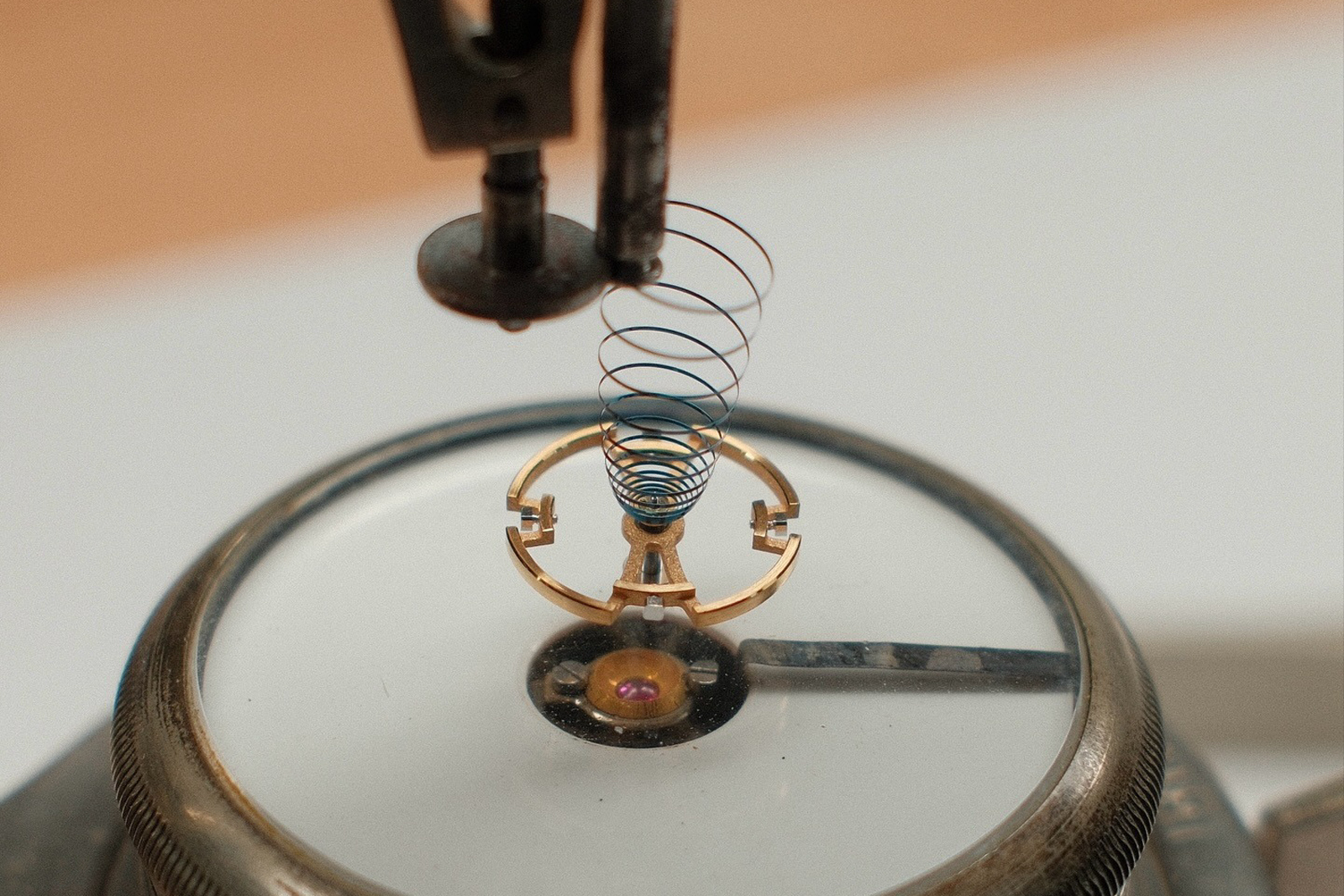
While not objectively better in terms of performance, doing these things “in-house” makes the watch more distinct. The screws on the balance rim appear to use the same square head as the screw holding the stud in place, which is a nice touch. It makes the watch more visually cohesive and, presumably, means the watchmaker can use the same tool for both.
Soaring Bridges
The balance and barrel bridges are both titanium with a straight grained finish on the top and a generous specular polishing along the chamfers. Those chamfers are asymmetric and much broader on the side of the bridge facing the wearer.
On close inspection, the highly polished bowel-like surrounds are separate parts, creating a sharp transition that would be difficult to accomplish if it were all one piece.
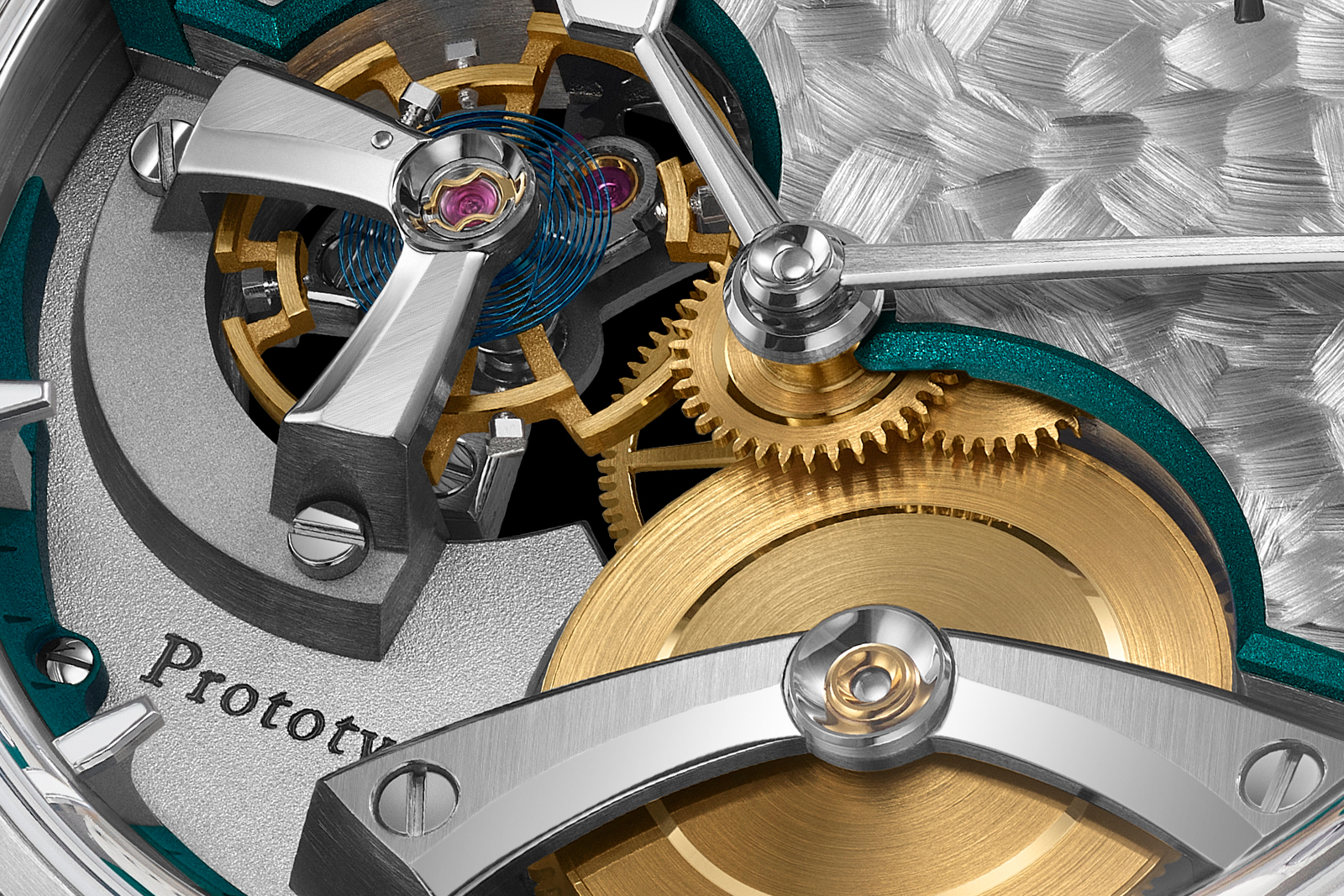
I suspect use of a metal bushing, rather than a jewel, is a consequence of the bridge material, titanium not being especially conducive to jewelling – though it can be done. On the back, a gold chaton sits between the centre wheel and both escapement jewels and the titanium bridge, while the Incabloc jewels sit inside a subassembly.
The Greubel Forsey influence I observed (or imagined) on the front is stronger on the back, especially with the tripod balance bridge and judicious application of hand anglage.
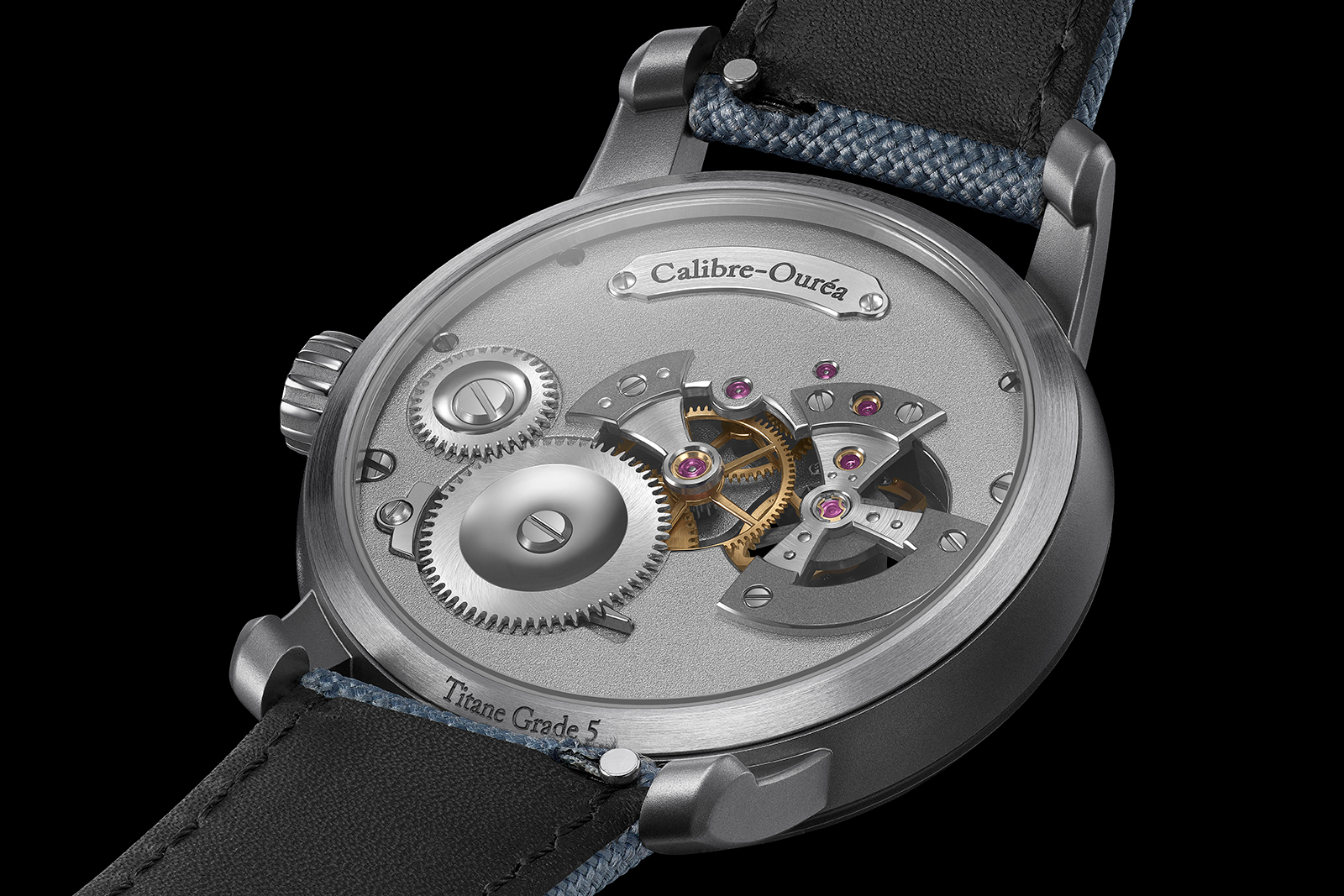
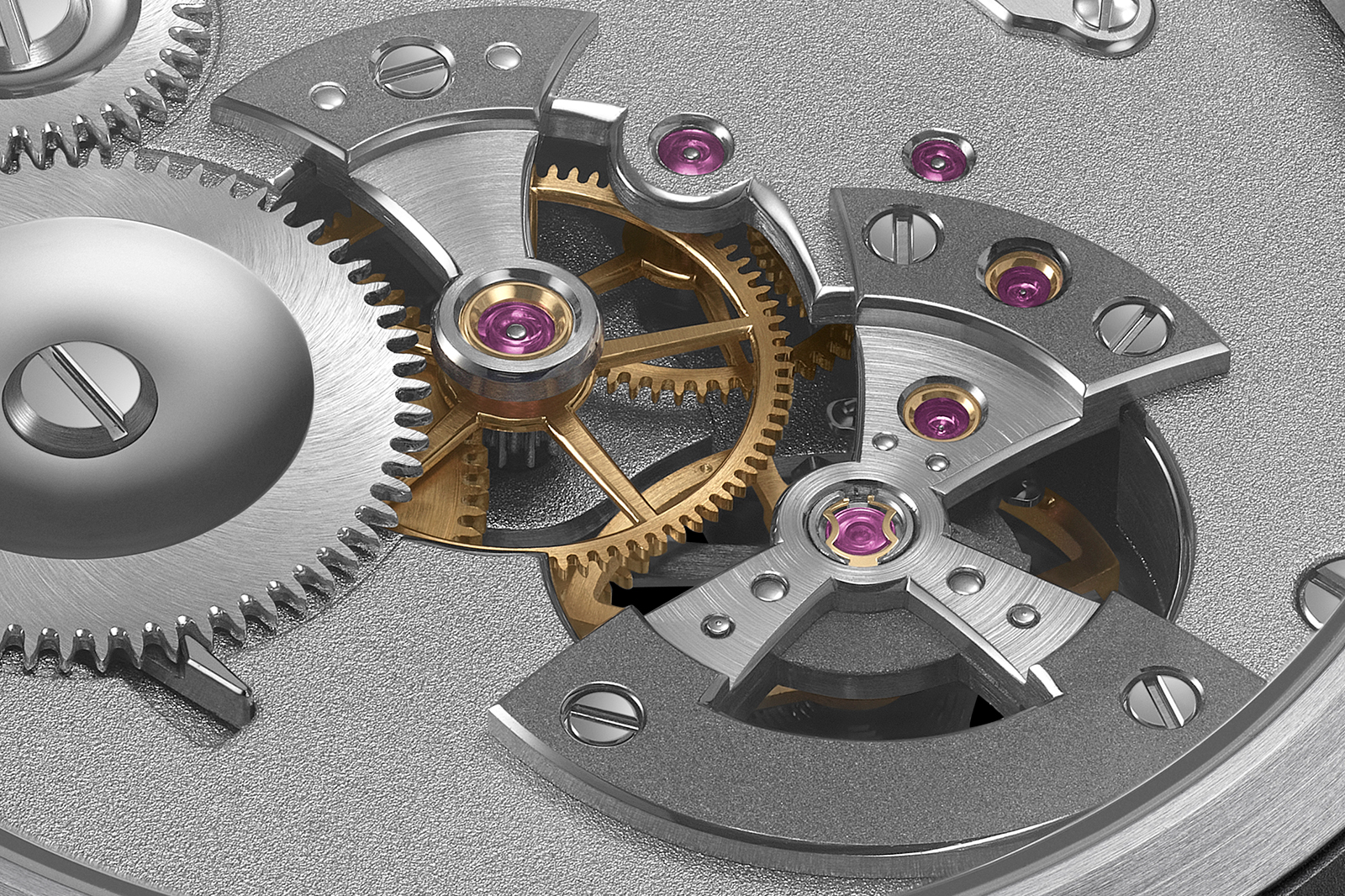
It uses a bar-style click, which has seen a recent resurgence in popularity, probably in part due to Phillipe Dufour, though Aubert Ramel uses a less common arrangement with the ratchet wheel on top and the click underneath.
That barrel holds a weekend-proof 72-hour mainspring, which isn’t needed in the type of watch, but is a nice amenity – and going the extra mile is something of a theme of this watch.
Key facts and price
Aubert Ramel Ouréa
Diameter: 40.40 mm
Height: 11.50 mm
Material: 18k yellow gold
Crystal: Sapphire
Water resistance: 50 m
Movement: Ouréa
Features: Hours, minutes.
Frequency: 18,000 beats per hour (2.5 Hz)
Winding: Manual
Power reserve: 72 hours
Strap: Leather
Limited edition: 14 in grade five titanium
Availability: Direct from Aubert and Ramel
Price: CHF72,000 (~US$90,000 before taxes and tariffs)
For more, visit Aubert-Ramel.com.
Back to top.

